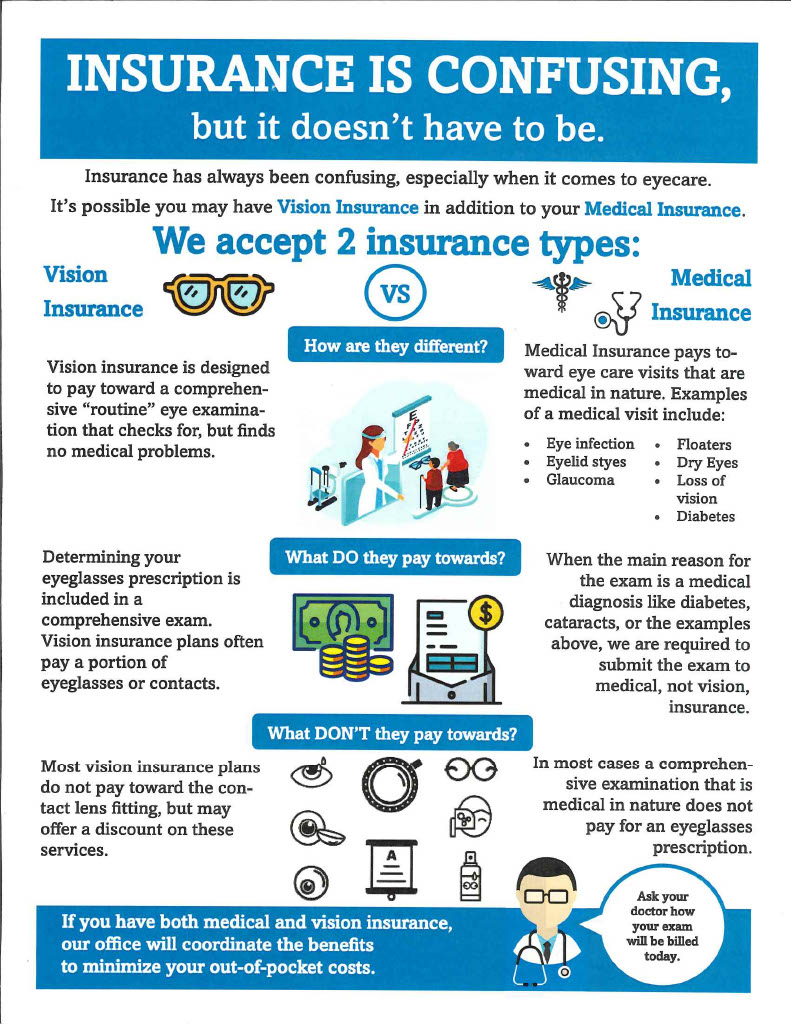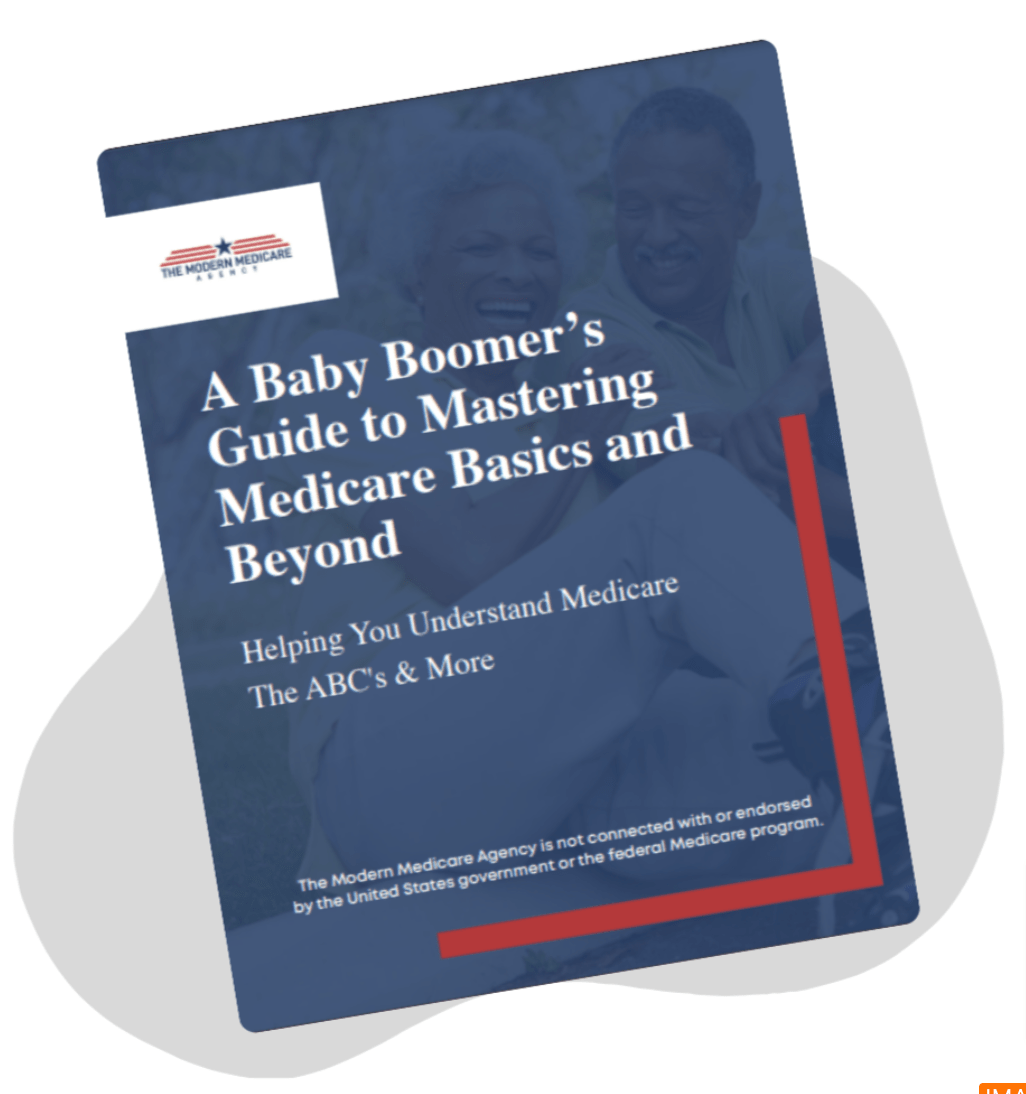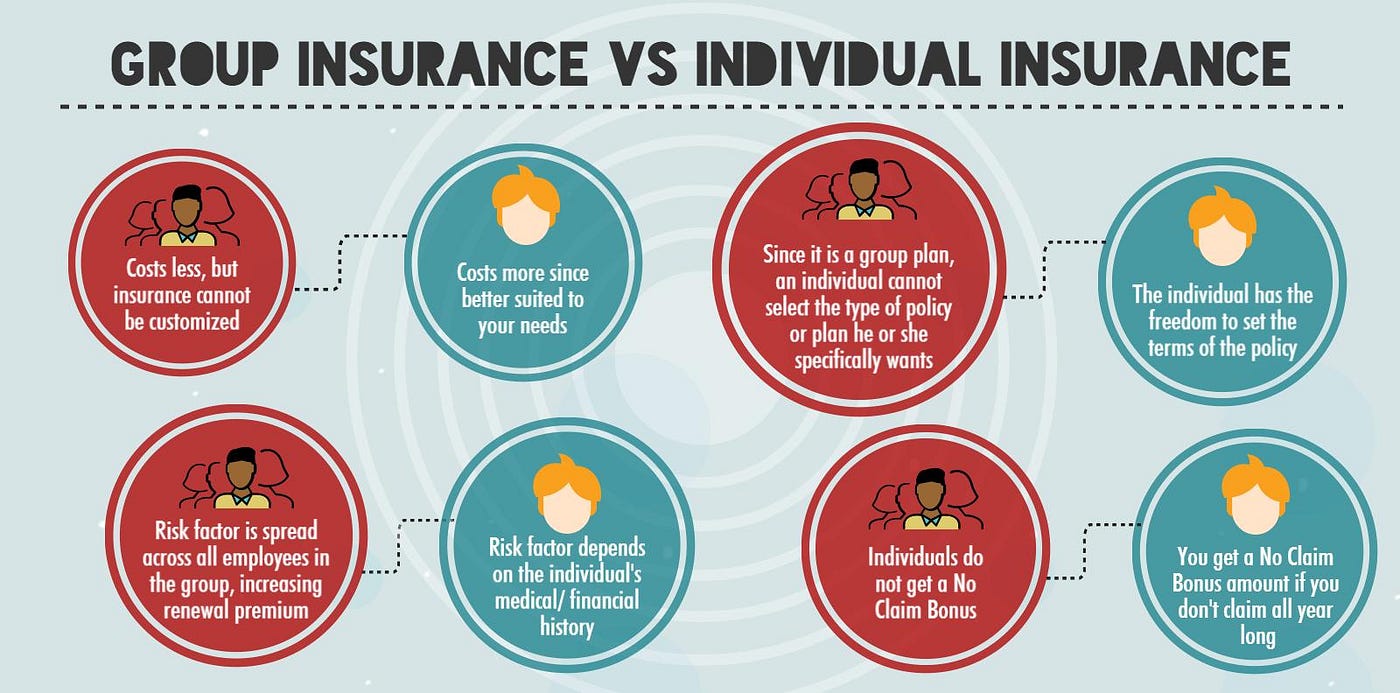3 Easy Facts About Medicare Advantage Agent Shown
3 Easy Facts About Medicare Advantage Agent Shown
Blog Article
The 5-Second Trick For Medicare Advantage Agent
Table of Contents10 Easy Facts About Medicare Advantage Agent ShownMedicare Advantage Agent Fundamentals ExplainedThe 20-Second Trick For Medicare Advantage Agent


follows from confusing the relatively young age profile of the uninsured with without insurance better healthMuch better on average, standard younger personsMore youthful For those without accessibility to work environment wellness insurance policy, inadequate health is a prospective obstacle to purchasing nongroup protection due to the fact that such coverage might be extremely priced, leave out pre-existing conditions, or be merely inaccessible. Unless otherwise noted, national quotes of people without health and wellness insurance coverage and percentages of the population with different kinds of protection are based on the CPS, the most extensively utilized resource of price quotes of insurance coverage and uninsurance rates.

Medicare Advantage Agent for Dummies
Over a three-year duration beginning early in 1993, 72 million individuals, 29 percent of the U.S. populace, lacked protection for at the very least one month. Within a solitary year(1994), 53 million people experienced at the very least a month without coverage(Bennefield, 1998a). 6 out of every ten uninsured grownups are themselves utilized. Although working does enhance the chance that and one's household members will certainly have insurance, it is not an assurance. Even participants of households with two full-time breadwinner have virtually a one-in-ten opportunity of being without insurance (9.1 percent uninsured price)(Hoffman and Pohl, 2000 ). The relationship in between medical insurance and access to care is well established, as recorded later in this phase. Although the relationship between health and wellness insurance policy and health and wellness outcomes is neither straight neither straightforward, a considerable clinical and health services study literary works links medical insurance protection
to better accessibility to care, better high quality, and improved individual and populace health standing. The second record, on individual health and wellness outcomes for uninsured adults, is stood for by the inner circle of the number, while the third record, on family health, incorporates the topics of the second report yet highlights a different unit of evaluation, specifically, the family. The sixth report in the collection will certainly offer information about methods and campaigns undertaken in your area, statewide, or across the country to deal with the absence of insurance and its damaging impacts. Degrees of analysis for examining the effects of uninsurance. This discussion of medical insurance coverage focuses mostly on the U.S. populace under age 65 due to the fact that practically all Americans 65 and older have Medicare or various other public coverage.
Additionally, it focuses particularly on those without any medical insurance for any length of time. The issues dealt with by the underinsured are in some areas similar to those dealt with by the without insurance, although they are typically less serious. Uninsurance and underinsurance, nevertheless, include noticeably various plan issues, and the techniques for resolving them may differ. Throughout this research study and the 5 records to comply with, the primary emphasis gets on persons without any medical insurance and therefore no help in spending for healthcare beyond what is available through charity and safeguard establishments. Health and wellness insurance coverage is a powerful variable affecting invoice of treatment due to the fact that both people and physicians react to the out-of-pocket cost of services. Medical insurance, nevertheless, is neither necessary nor enough to get to clinical solutions. The independent and direct impact of health and wellness
insurance coverage protection access to health wellness solutions well established. Others will certainly get the health and wellness treatment they require also without health insurance coverage, by spending for it expense or seeking it from suppliers that offer care totally free or at very subsidized rates. For still others, medical insurance alone does not make certain receipt of care as a result of various other nonfinancial barriers, such as a lack of healthcare suppliers in their area, limited access to transport, illiteracy, or linguistic and cultural differences. Formal research study regarding uninsured populaces in the USA dates my link to the late 1920s and early 1930s when the Committee on the Cost of Healthcare produced a collection of records concerning financing physician workplace check outs and hospital stays. This concern ended up being salient as the numbers of this content clinically indigent climbed up during the Great Anxiety. Empirical studies constantly sustain the link between access to care and enhanced health and wellness outcomes(Bindman et al., 1995; Starfield, 1995 ). Having a normal source of treatment can be considered a predictor of gain access to, rather than a straight step of it, when health and wellness results are themselves utilized as access indications. This expansion of the idea of accessibility measurement was made by the IOM Committee on Keeping An Eye On Gain Access To to Personal Health Care Provider(Millman, 1993, p. Whether parents are guaranteed appears to impact whether or not their children obtain care as well as how much careeven if the youngsters themselves have insurance coverage(Hanson, 1998). The health and wellness of parents can impact their capacity to take care of their kids and the level of family members stress and anxiety. Fretting about their children's access to care is itself a resource of stress for parents. Three phases adhere to in this report. check out here Chapter 2 supplies an overview of just how employment-based medical insurance, public programs and individual insurance plan run and connect to provide comprehensive but insufficient protection of the U.S. populace. This consists of a review of historic trends and public policies impacting both public and private insurance coverage, a conversation of the interactions amongst the various sorts of insurance, and an evaluation of why people relocate from one program to an additional or finish up

Report this page